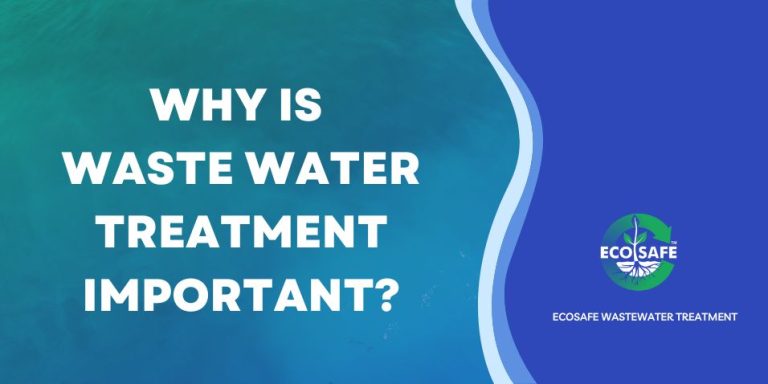The Facts About Reclaim Waste Uncovered
The Facts About Reclaim Waste Uncovered
Blog Article
The Only Guide for Reclaim Waste
Table of Contents10 Simple Techniques For Reclaim WasteReclaim Waste Fundamentals Explained5 Easy Facts About Reclaim Waste Described4 Simple Techniques For Reclaim WasteThe Single Strategy To Use For Reclaim Waste
Domestic sewage waste refers to the waste and items from a residential septic storage tank. The proper administration and disposal of residential sewer waste need fluid waste to be moved to a sewage treatment plant where the appropriate approaches and equipment are used to detoxify and dispose of waste.
Commercial waste commonly includes prospective dangers, such as flammable materials or a blend of liquid and strong waste products, and requires an extra innovative and in-depth disposal process. The disposal of industrial waste commonly entails the purification of waste prior to transportation to ensure safe and appropriate disposal. Industrial waste is developed from by-products and drainage of industrial processes and production.
This kind of waste can not utilize the exact same sewer administration transport or procedures as septic or industrial fluids. The hazardous waste administration process needs the assessment and screening of fluid waste prior to it undertakes the disposal procedure (liquid waste removal melbourne). Overflow waste is the liquid waste that comes from runoff and excess stormwater in highly booming locations or cities
Runoff waste can cause contamination and flooding if not dealt with correctly. Guaranteeing proper waste monitoring can protect against calamities and minimize environmental injury.
The Ultimate Guide To Reclaim Waste
Get in touch with PROS Services today to find out about our waste administration and disposal solutions and the proper methods to care for the liquid waste you create.
(https://giphy.com/channel/reclaimwaste1)Do you know what takes place to your water when you disengage, purge the bathroom or drain the cleaning device? No? Well, it deserves understanding. This supposed 'wastewater' is not only a vital source however, after therapy, will be launched to our land, waterways or the sea. Used water from commodes, showers, baths, cooking area sinks, laundries and commercial processes is called wastewater.

water used to cool equipment or tidy plant and equipment). Stormwater, a form of wastewater, is drainage that moves from agricultural and metropolitan areas such as roofing systems, parks, yards, roadways, courses and rain gutters right into stormwater drains pipes, after rain. Stormwater moves unattended straight to neighborhood creeks or rivers, ultimately reaching the sea.
Excitement About Reclaim Waste
In Queensland, most wastewater is dealt with at sewer therapy plants. Wastewater is transferred from domestic or industrial websites via a system of sewage systems and pump terminals, recognized as sewage reticulation, to a sewer treatment plant.
The Department of Natural Resources recommends regional governments concerning handling, operating and preserving sewerage systems and treatment plants. In unsewered areas, city governments may need householders to install specific or family sewer therapy systems to treat domestic wastewater from commodes, kitchens, bathrooms and laundries. The Division of Natural Resources authorises making use of family systems when they are verified to be effective.
Most stormwater obtains no treatment. In some brand-new class, treatment of some stormwater to get rid of litter, sand and crushed rock has actually begun using gross toxin catches. Wastewater treatment occurs in 4 stages: Gets rid of solid issue. Larger solids, such as plastics and various other objects mistakenly discharged to sewers, are gotten rid of when useful source wastewater is passed with screens.
Wastewater then flows right into big tanks where solids work out and are removed as sludge. Oil and residue are skimmed from the surface. Utilizes little living organisms recognizes as micro-organisms to break down and remove staying dissolved wastes and great fragments. Micro-organisms and wastes are incorporated in the sludge. Eliminates nitrogen and phosphorus nutrients that can cause algal flowers in our rivers and threaten water life.
Reclaim Waste - The Facts
Nutrient removal is not available at all sewer therapy plants since it requires expensive specialized devices. Clear liquid effluent produced after therapy might still consist of disease-causing micro-organisms - liquid waste disposal.

This generally suggests wastewater has actually to be treated or impurities eliminated before it can be released to waterways. Many wastewater moves right into the sewerage system. Under the Act, neighborhood federal governments carry out authorizations and permits for environmentally relevant tasks (Periods) involving wastewater launches that could have a regional influence. The division carries out authorizations and licences to Ages involving wastewater launches that might have a local or statewide influence.
The Only Guide to Reclaim Waste
Or else, samples are taken for research laboratory analysis. Commonly numerous examinations are required to establish the levels of each of the various contaminants such as oils, heavy metals and chemicals in water. Monitoring provides valid information concerning water quality and can confirm that licence problems are being fulfilled. The info gotten via tracking supplies the basis for making water quality decisions.
Report this page